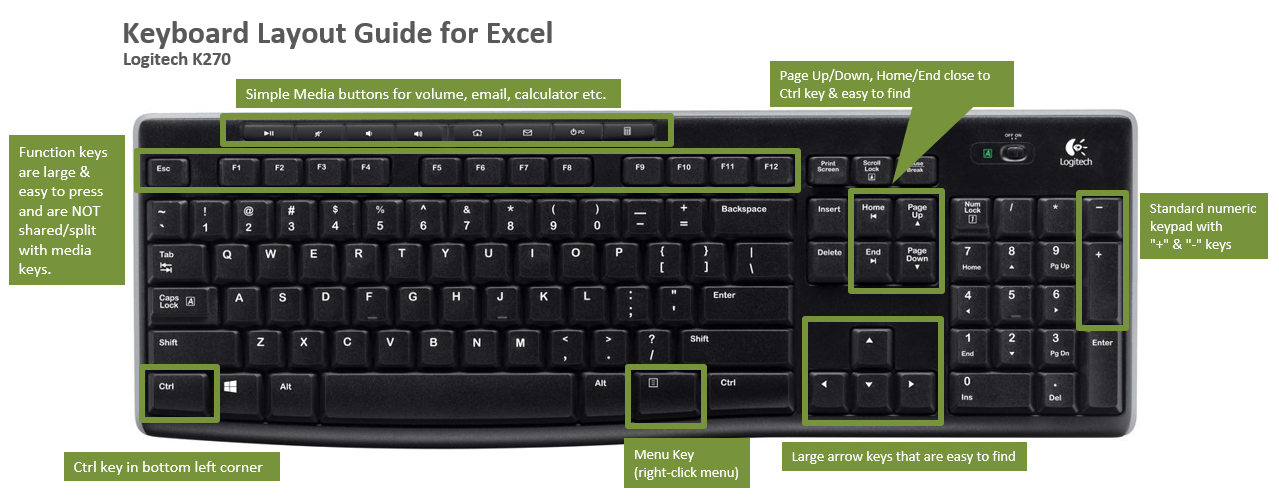

- #A SHORT COMMAND DOES NOT DISPLAY ON A SHORT MENU HOW TO#
- #A SHORT COMMAND DOES NOT DISPLAY ON A SHORT MENU FULL#
- #A SHORT COMMAND DOES NOT DISPLAY ON A SHORT MENU PASSWORD#
- #A SHORT COMMAND DOES NOT DISPLAY ON A SHORT MENU PC#
- #A SHORT COMMAND DOES NOT DISPLAY ON A SHORT MENU WINDOWS#
Show window menu for the group from the Taskbar.
#A SHORT COMMAND DOES NOT DISPLAY ON A SHORT MENU WINDOWS#
Show window menu for the app from the Taskbar.Ĭycle through windows in the group from the Taskbar. Run app as administrator from the Taskbar. Open another instance of an app from the Taskbar.
#A SHORT COMMAND DOES NOT DISPLAY ON A SHORT MENU PASSWORD#
Reveals typed password in Sign-in screen. Switch between open apps while pressing Tab multiple times. Runs command for the underlined letter in apps. Select multiple items on desktop or File Explorer.
#A SHORT COMMAND DOES NOT DISPLAY ON A SHORT MENU FULL#
Windows key + Period (.) or Semicolon ( )Ĭapture a full screenshot in the "Screenshots" folder.Ĭapture part of the screen with Snip & Sketch. Take a screenshot and stores it in the clipboard. (If no active window is present, a shutdown box appears.)ĭelete the selected item permanently, skipping Recycle Bin. In AutoHotkey, this key is called the “AppsKey.Undo an action, including undelete files (limited).Ĭreate new folder on desktop or File Explorer.Ĭlose active window. You can use AutoHotkey to write a quick little script that will listen for the menu key and perform other actions when you press it.
#A SHORT COMMAND DOES NOT DISPLAY ON A SHORT MENU HOW TO#
How to Customize the Menu Key Using AutoHotkeyįor more advanced customization, we recommend AutoHotkey. You can use SharpKeys to reassign other keys, too-for example, you can make the Caps Lock or Windows key function as other keys. Write your changes to the registry and then sign out and back in again. If you want to change what the key does or undo your changes, open SharpKeys once again, select your rule, and use the “Edit” or “Delete” button to modify or delete it. Your changes will take effect when you next sign in.
#A SHORT COMMAND DOES NOT DISPLAY ON A SHORT MENU PC#
You’ll now have to close the SharpKeys window and then either reboot your PC or sign out and sign back in. For example, you can choose “Web: Back” and the key will function as a back key in your web browser and any other application that supports this key.Ĭlick “Write to Registry” to write your changes to the Windows Registry. In the right pane, select whatever key you want to remap the menu key to. After all, that’s prime keyboard real estate going to waste if you’re not using the key. However, you may want to change the behavior of the menu key and have it do something more useful. The menu key isn’t quite as annoying as the Windows key, which can take you out of games and other full-screen applications if you accidentally press it. If nothing happens in the application you’re using, try Ctrl+Shift+F10. This doesn’t work in every application, however-it depends on the applications. It’s basically the same thing as the menu key. You can press Shift+F10 in most applications to open a context menu. If your keyboard doesn’t have a menu key, but you want to open a context menu with a keyboard shortcut, never fear. RELATED: What Are the Sys Rq, Scroll Lock, and Pause Break Keys on My Keyboard? Shift+F10 Can Function Like a Menu Key, Too ojovago/ It’s a bit of a relic, like the Sys Rq, Scroll Lock, and Pause Break keys. Most PC users likely don’t touch this key, which explains why Microsoft is floating the idea of changing it. Microsoft is now talking about converting this key into an Office key to match the Windows key. Select text or other elements with keyboard shortcuts and press the menu key to activate context menu options-all without your hands leaving the keyboard. Press the menu key, use the arrow keys to select an option, and press Enter to activate it. This key makes it possible to use the context menu with just the keyboard and without a mouse. If you select a file or folder in File Explorer and press the menu key, you’ll see a context menu just as if you had right-clicked on the file. This is key is useful if you don’t have a mouse or don’t have a mouse with a right mouse button.

Try it-press the menu key while viewing this web page and you’ll see your web browser’s context menu, just as if you had right-clicked on the page. It’s basically like right-clicking on your selection in the application. The menu key opens a context menu for your current application. Sometimes it shows a small pointer hovering above a menu and sometimes it looks like a stylized menu-a square or rectangle with some horizontal lines inside it. This picture isn’t standardized and will look different on different keyboards. It doesn’t have the word “menu” printed on it-it has a little picture that looks like a menu.

Either way, if your keyboard has a menu key, it’ll be to the left of your right Ctrl key.


 0 kommentar(er)
0 kommentar(er)
